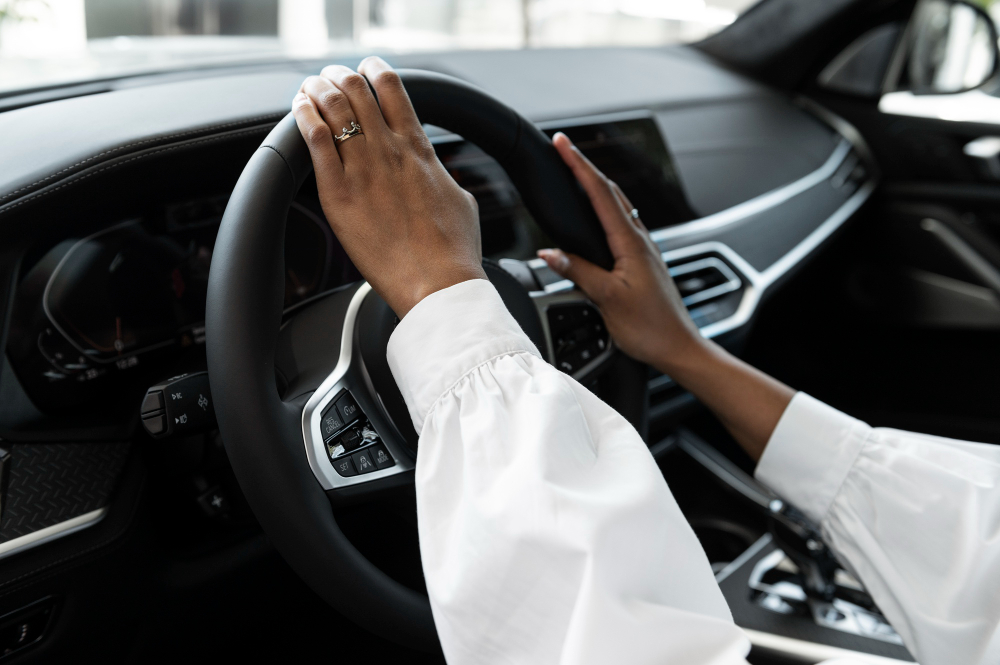Have you ever dreamed of getting paid to drive the latest cars, testing their limits and providing valuable feedback? If so, a career as a car test driver might be the perfect fit for you. In this guide, we’ll explore the exciting world of car test driving, from the responsibilities of the job to the essential steps you need to take to embark on this thrilling journey.
What is a Car Test Driver?
A car test driver is a professional employed by car manufacturers or automotive magazines to evaluate prototypes, pre-production models, and soon-to-be-released vehicles. Their role is crucial in ensuring that the cars hitting the market meet the highest standards of performance, safety, and comfort.
Key Insights:
Car test drivers play a crucial role in the automotive industry, evaluating prototypes, pre-production, and upcoming models. Aspiring car test drivers can opt for vocational training or pursue a college degree while gaining entry-level experience and building a strong network. Opportunities for car test drivers exist in both full-time and part-time capacities, requiring a diverse set of technical and transferable skills, including navigation, stamina, and decision-making.
Responsibilities of a Car Test Driver
Operating the vehicle across diverse terrains is a primary responsibility, allowing them to assess performance, comfort, and safety. To mimic real-world scenarios, test drivers navigate city streets and suburban neighborhoods, providing a comprehensive assessment. Post-testing, a detailed report is submitted to the research and development team, highlighting performance highlights and areas for improvement.
Some key aspects car test drivers evaluate include:
1. Braking, Acceleration, and Handling: Recording acceleration times and assessing how the vehicle handles corners at high speeds, along with testing stopping distances, ensures a comprehensive performance check.
2. Visibility: Identifying potential blind spots is crucial for detecting obstacles during operation, especially in urban and suburban environments.
3. Component Functionality: Checking the proper operation of essential components like wipers, power seats, windows, and climate control requires prior mechanical knowledge.
4. Sound: Listening for unusual noises and evaluating cabin insulation during road tests helps identify potential issues.
Steps to Become a Car Test Driver
Complete your High School Studies
First things first – complete your high school studies. Manufacturers and car review websites seek drivers with a solid grasp of English, making a high school diploma essential. Strong scores in subjects like math, science, and language can enhance your prospects.
Get an Education
To understand the intricacies of cars, enroll in a vocational institution and study automotive mechanics. Alternatively, pursue a four-year bachelor’s degree in automotive technology or mechanical engineering with a focus on automotive design. This education provides a solid foundation for evaluating vehicles comprehensively.
Get a Driver’s License
It may seem obvious, but a test driver must have a driver’s license. Obtain a class C license, allowing you to drive most vehicles. Consider acquiring a class M license for two-wheel vehicles. A written and practical driving test is usually required.
Gain Work Experience
After your education, seek apprenticeships or entry-level positions in automotive magazines. Actively learn from experienced professionals, practice your skills, and immerse yourself in the world of cars.
Network
Building connections is crucial. Attend car shows, automotive events, and engage with industry professionals. Your network can be a valuable asset in advancing your career as a car test driver.
Market Yourself
Let the world know about your passion for testing cars. Update your social media profiles, create business cards, and craft a resume that reflects the format used by successful test drivers.
Skills for a Car Test Driver
Becoming a professional test driver requires a unique set of skills and qualities:
- Navigation: Proficiency in reading maps for various driving assignments, including unfamiliar terrains and off-road testing.
- Driving: Skillful handling of different terrains, from hills to snow-covered roads, and the ability to control powerful engines.
- Stamina: Endurance for long hours behind the wheel in challenging conditions.
- Decision-making: Critical thinking skills, especially when determining vehicle speed in crowded areas.
- Communication and Reporting: Articulate expression of findings to aid engineers and manufacturers in vehicle improvement.
- Passion: A genuine love for driving, influencing success in the role.
Conclusion
Embarking on the journey to become a car test driver requires a combination of education, practical experience, and a genuine passion for cars. By following these steps and cultivating the necessary skills, you can turn your dream of testing the latest vehicles into a rewarding career.
FAQs about Car Test Driving
- Is a college degree necessary to become a car test driver?
- A college degree can enhance your prospects, but vocational training is also a viable path.
- What type of driver’s license is required?
- A class C license is typically required, but obtaining a class M license can showcase additional skills.
- How can networking help in becoming a car test driver?
- Networking opens doors to opportunities and referrals within the automotive industry.
- Are there specific age requirements for becoming a test driver?
- Age requirements may vary, but having a driver’s license is a primary consideration.
- Do test drivers get to keep the cars they test?
- Generally, test drivers do not keep the cars; their role is focused on evaluation and feedback.
